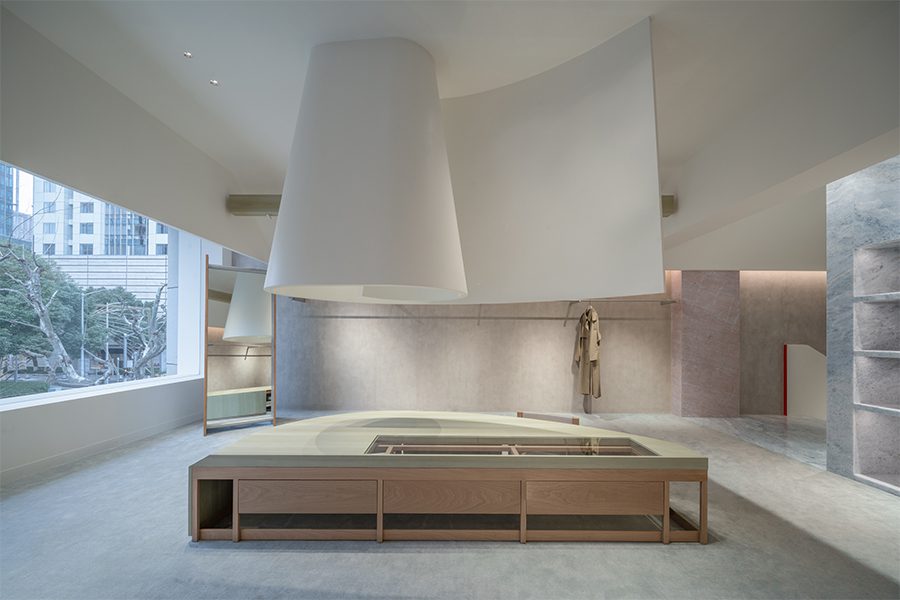A pair of boundary-pushing projects currently under development in Africa and Korea revolutionize the way we think about design, culture, and more.
Musée du Fleuve

To illuminate Niger’s little-known archaeological and ecological riches, design firm Stantec is joining University of Chicago paleontology professor and National Geographic explorer-in-residence Paul Sereno (as well as a team of local and international educators, scientists, researchers, and anthropologists) to develop the Musée du Fleuve in the West African nation’s capital of Niamey.
Located on the Niger River, amid pre-Cambrian rock outcroppings, the museum will be an expression of its surroundings. Ténéré, the region now recognized as the south-central Sahara, was once the green and fertile home of dinosaurs. “This is an indelible part of the cultural identity of Niger,” says Rebel Roberts, Stantec’s vice president and design discipline lead based in the Chicago office. “The architectural story starts there.” The pavilions, for example—compressive masonry Trombe structures that provide shelter from intense daytime heat and sandstorms—are inspired by one-time village residences and grain storage units, and are cast and fired by local artisans. Pathways, reminiscent of river trails, are naturally ventilated and protected by tensile structures of fritted glass and photovoltaic cells, “recalling nomadic tents and porches that create public space and a transition from inside out,” Roberts adds.
National Museum of Korean Literature

Situated in the middle of a plot of land in Seoul surrounded by Bukhansan National Park and Eunpyeong New Town, the proposed National Museum of Korean Literature from Architects of Invention consists of three levels in a collection of seemingly randomized shapes. 3D concrete printing technology was used to create its complex structures that forego traditional grid-based design and construction rationalization. “A printed building is seismically more stable because the walls have no lateral connections, as they are made out of imbued singular structural material,” says design director Nikoloz Japaridze.
As an added benefit, the technique uses 60 percent less concrete, is 30 percent cheaper, and at least three times faster to build. While the museum’s two lower floors feature flat slabs and columns, the first floor is an arched volume that cuts through its walls to create a large open space. Inside, transparent and translucent glass partitions divide the functional areas of the museum and community facilities. “Just as ink revolutionized the written word, 3D printing revolutionizes architecture, how we build, [and our view on] innovation and sustainability,” he explains.
This article originally appeared in HD’s August 2021 issue.
More from HD:
Immersive Educational Spaces Spark Creativity
NoMad London Captures a New York Sensibility
5 Hotels Remaking the Washington, DC Skyline



